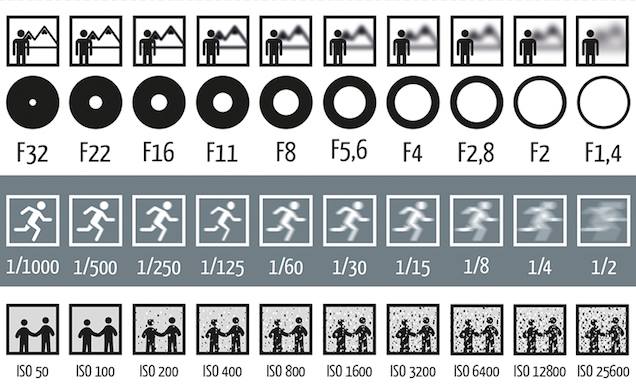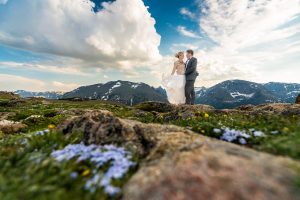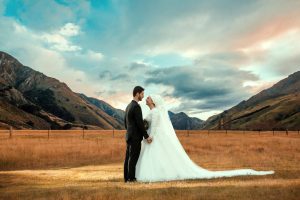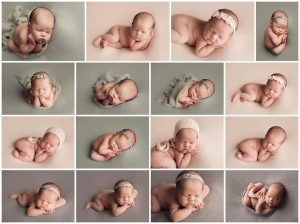When it comes to portrait photography, one of the most important settings to consider is aperture (f-stop). Many photographers aim for a shallow depth of field to create that beautiful background blur (bokeh) that makes the subject stand out. But is f/4 a good aperture for portraits? Let’s explore this in the context of manual mode photography and when you should (or shouldn’t) use f/4 for portraits.
Understanding Aperture in Portrait Photography
Aperture, measured in f-stops (e.g., f/1.8, f/2.8, f/4, f/8, etc.), controls how much light enters the camera and affects depth of field (DOF). A lower f-stop (wide aperture like f/1.8 or f/2.8) results in:
– More background blur (shallow depth of field)
– Better subject isolation
– More light entering the lens (useful in low-light conditions)
A higher f-stop (narrow aperture like f/8 or f/11) results in:
– More of the scene in focus (deep depth of field)
– Less background blur
– Less light entering the lens
So, where does f/4 fit into this?
Is f/4 Good for Portraits?
The answer is YES, but with certain considerations.
– When f/4 is Good for Portraits:
-
When You Want Sharpness in Group Portraits
- If you’re photographing more than one person, f/4 ensures that everyone is in focus while still offering some background blur.
-
When Shooting in Bright Light
- On a sunny day, using f/1.8 or f/2.8 might let in too much light, making it difficult to expose correctly. At f/4, you balance sharpness and depth of field without overexposing the shot.
-
When Using Telephoto Lenses (70mm-200mm)
- A telephoto lens at f/4 on a 70-200mm lens still gives a beautifully blurred background, especially at longer focal lengths.
-
For Full-Body Portraits
- If you want your subject fully in focus from head to toe, f/4 gives enough depth of field while maintaining some background separation.
-
For Environmental Portraits
- If you want to include some background context (e.g., a cityscape or nature setting) while keeping the subject prominent, f/4 is a great choice.
– When f/4 Might Not Be Ideal for Portraits:
-
When You Want a Dreamy, Soft Background
- If you’re aiming for the classic “creamy bokeh” look, f/1.8 or f/2.8 is better.
-
In Low-Light Conditions
- In indoor or evening portraits, f/4 may require a higher ISO or slower shutter speed, which can introduce noise or motion blur.
-
If You’re Using a Crop-Sensor Camera
- On an APS-C (crop sensor) camera, f/4 doesn’t create as much blur as it does on a full-frame camera. In this case, f/2.8 might be a better choice.
How to Use f/4 Effectively in Manual Mode
If you’re shooting in manual mode, here’s how you can balance settings when using f/4 for portraits:
-Shutter Speed – Keep it at 1/200s or faster to avoid motion blur.
-ISO – Use ISO 100-400 in bright light, but increase it if shooting indoors.
-Lens Choice – Use a longer focal length (85mm, 135mm, or 200mm) to enhance background blur at f/4.
-Background Distance – Keep your subject far from the background to create separation and improve bokeh.
Final Verdict: Should You Use f/4 for Portraits?
Yes! f/4 is great for certain types of portraits, especially group shots, full-body portraits, and outdoor settings. However, if you want maximum background blur, consider using f/1.8 or f/2.8 instead.
In manual mode, balancing shutter speed, ISO, and lens choice is key to making f/4 work beautifully for portrait photography!




